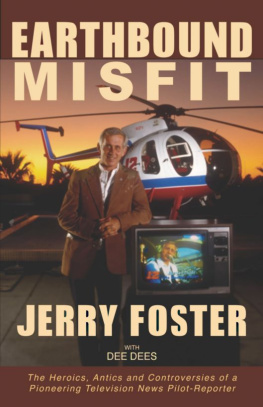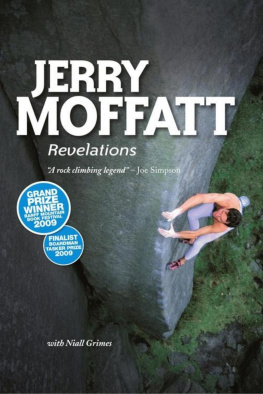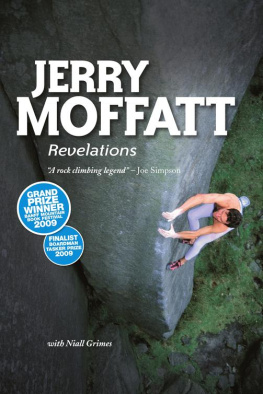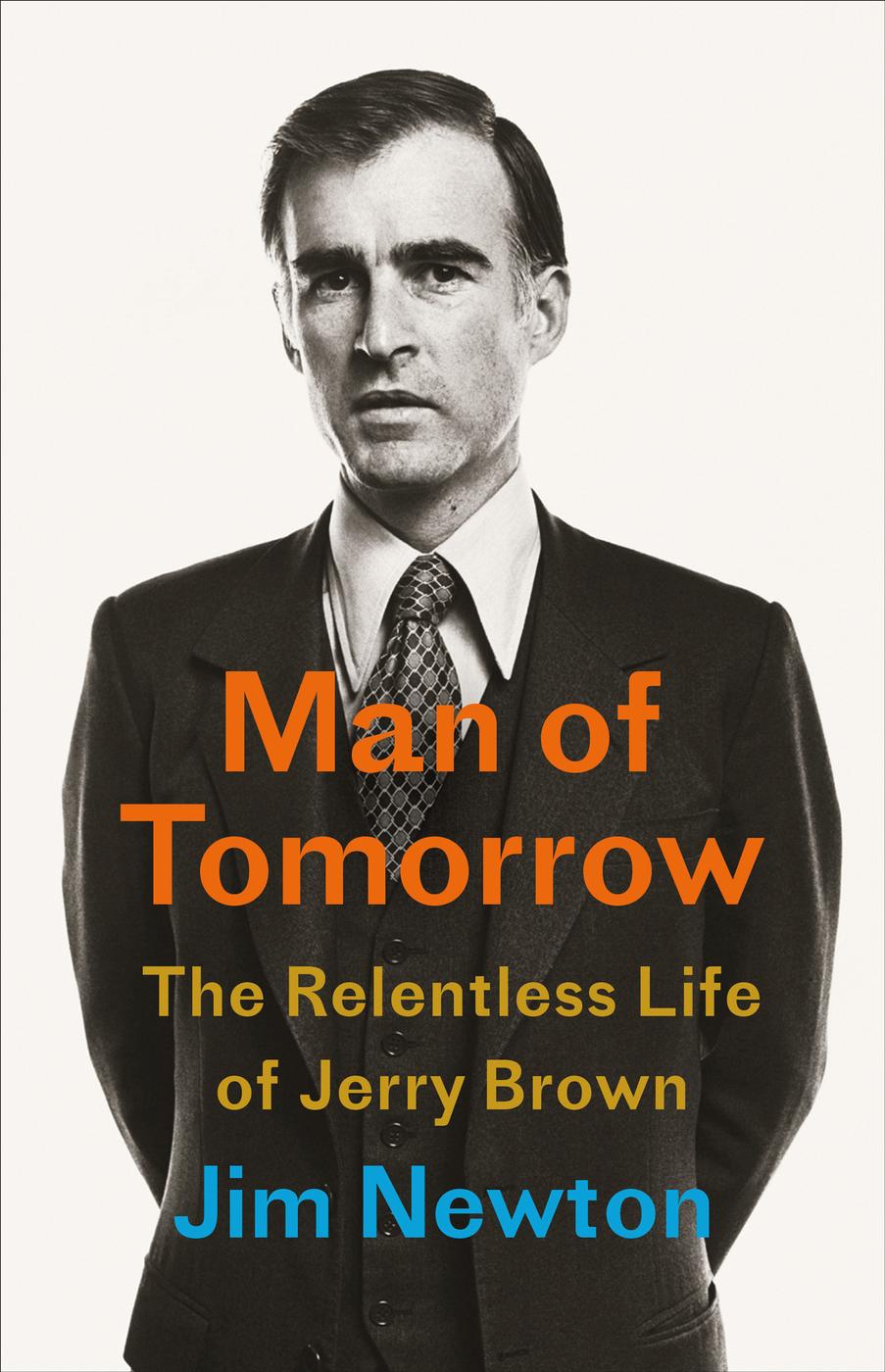Hachette Book Group supports the right to free expression and the value of copyright. The purpose of copyright is to encourage writers and artists to produce the creative works that enrich our culture.
The scanning, uploading, and distribution of this book without permission is a theft of the authors intellectual property. If you would like permission to use material from the book (other than for review purposes), please contact permissions@hbgusa.com. Thank you for your support of the authors rights.
Little, Brown and Company is a division of Hachette Book Group, Inc. The Little, Brown name and logo are trademarks of Hachette Book Group, Inc.
The publisher is not responsible for websites (or their content) that are not owned by the publisher.
The Hachette Speakers Bureau provides a wide range of authors for speaking events. To find out more, go to hachettespeakersbureau.com or call (866) 376-6591.
Tap here to learn more.
P lay ball!
Umpire Jocko Conlan, known for his cheerful command of the game and the bow tie behind his chest protector, inaugurated the 1960 baseball season in a brand-new park by a sparkling San Francisco Bay. The sky was open and blue, the seats gray and framed with orange, the bay choppy and bright. Sailboats skittered across the horizon.
The crowds made their way to Coyote Point, south of San Francisco, drawn to the citys proud new edifice, the $15 million stadium known as Candlestick Park. Fans poured across the landscape, arriving by land, sea and air, the San Francisco Examiner reported. Cable cars were enlistedthis was San Francisco, after all. Special buses departed from one of the citys juiciest landmarks, Trader Vics, at 10:00 a.m.; cocktails were served aboard. Bay Aviation Services, brainchild of a local entrepreneur, charged passengers $10 to hop on a helicopter at the Ferry Building, whirl around the Bay Bridge, and land at Hunters Point, where a station wagon covered the rest of the trip to the ballpark. And as for arriving by sea? Hilary A. Belloc, a socialite, lecturer, real estate investor and erstwhile crab fisherman, piloted his thirty-six-foot ketch, the Signe, to the waters off the point. Dropping anchor, Belloc caught his ring finger in the anchor cable: the finger was cut clean off, but he made it to the park anyway, sealing his place in history as Candlesticks first casualty. Meanwhile, well-dressed fansmen in coats and ties, women in fursloaded up at the St. Francis Yacht Club, thirty or forty to a craft. And still more groups were delivered by ferry; high heels clacked over the gangplank.
Normandy, grumbled Sidney Keil, secretary of the Great Golden Fleet, was never like this.
It was a busy week in California. Authorities in Petaluma arraigned a woman and her handyman in connection with a string of arson fires; the handyman ratted out his boss. A swimmer discovered the skeleton of a skin diver in the waters off Catalina Island in Southern California; authorities puzzled over it, the latest diver disappearance in the area.
In Los Angeles, the states flagship paper made news of its own. A day before the San Francisco Giants debuted their new diamond, Norman Chandler took the stage at the Biltmore Hotel. At his invitation, 725 of the regions luminaries gathered for a luncheon, where the senior Chandler promised a special announcement. The Los Angeles Times publisher kept his remarks and reminders of his family history brief. A newspaper, he said, must be the image of one man, whether you agree with him or not. For fifteen years, that man had been Norman Chandlerand his father before him and his grandfather before him. They had forged their family enterprise as an engine of growth, a bulwark against organized labor and a stalwart of the Republican Party. But those men were gone or going. Now the Times was to receive its fourth leader. Said Chandler: I hereby appoint, effective as of this moment, Otis Chandler as publisher of the Times.
Otis Chandler, Normans thirty-two-year-old son, had learned of his fathers intention just an hour earlier and still was recovering from the shock. When Norman made his announcement, Otis was sitting at his fathers elbow. Broad-shouldered and barrel-chested, Otis, a former shot-putter, rose to his feet, smiled, and said: Wow! It was a childish remark, one he would always regret. In the ensuing decades, however, he went on to greatness, converting a woebegone excuse for a paper into a publication of national note, one worthy of the state where it was headquartered.
Back at the ballpark, San Francisco took its turn. Completing their journey to the stadium, fans filled the stands and took their seats, voices raised with the excitement of a moment, of participating in more than a game. It was a happening, a tick in history. All told, 42,269 fans made it to the park that afternoon.
Candlestick hummed with promise and hinted at conflict. Women donned scarves to fend off the breeze and bundled against the possibility of a Bay Area chillThe coldest winter I ever spent was a summer in San Francisco, as Mark Twain did not say but as generations grew up believing he did. A heralded new heating system to counter foggy evenings at Candlestick was supposed to supply relief. Sadly, it never worked. Candlestick was cold at night, but it could put on a show in the afternoon.
In the audience that sparkling day were Californias present and future. Governor Pat Brown, burly and ebullient,
It was Browns second comedown in two days: the night before, at the citys civic send-off for its new team, Brown had remarked that he hoped to be in the stands when the Giants and the Los Angeles Dodgers meet in the World Series next fall. Teams in the same league cant meet in the series, so Brown was forced to explain his mistake. As they say in politics, when youre explaining, youre losing.
And, in politics, for everyone whos losing, another is winning. Sitting near Brown at the ballpark was Richard Nixon, vice president of the United States and a candidate for president. He had been a California congressman and, briefly, senator before joining the presidential campaign of Dwight Eisenhower in 1952. Ike never knew quite what to make of Nixonappreciating his work ethic and devotion, suspicious of his partisanship and edginess, wary in a way that tore at Nixons insecurities. In their eight years together in Washington, Ike and Nixon never played a round of golf. Nixon nursed hurt feelings along with powerful ambition.
On that sunny afternoon in 1960, Brown was an embattled governor, Nixon a potential president. Nixon mugged in the locker room with Willie Mays, the greatest of all the Giants, perhaps the greatest player of all time. The crowd that booed Brown welcomed Nixon with a tremendous cheer.
Joining Nixon and Brown among the dignitaries was another Brown, Pats only son, Edmund G. Brown Jr. They did not, at least then, have much in common beyond their disdain for their given names. Edmund senior was Pat; Edmund junior was Jerry. Jerry was twenty-two years old, just emerged from three and a half years in seminary and charting a new course for himself at the University of California, Berkeley. His mother and father had picked him up at Berkeley en route to the ballpark, so together they endured the crowds displeasure.










